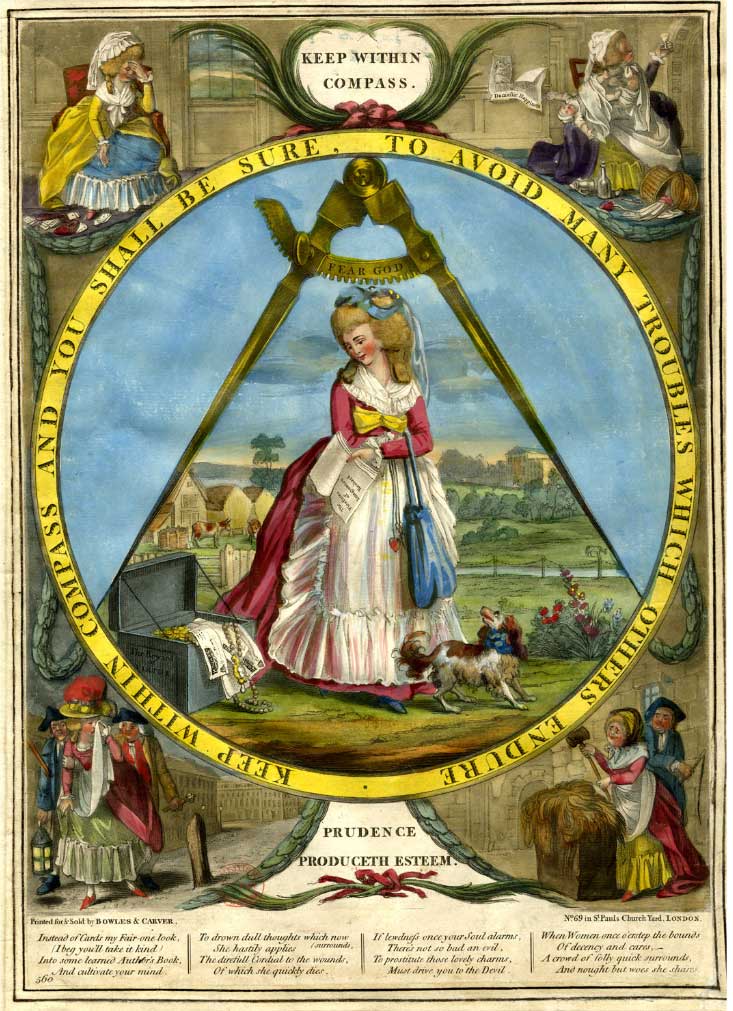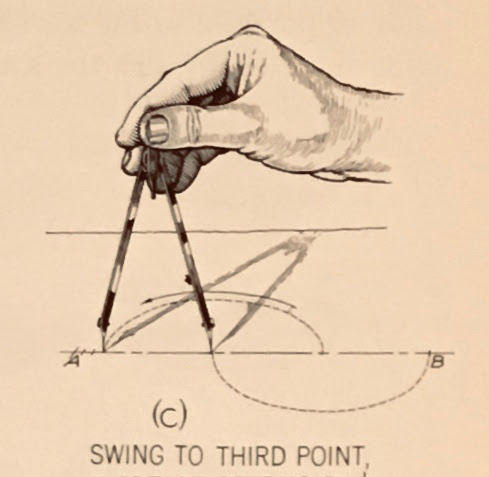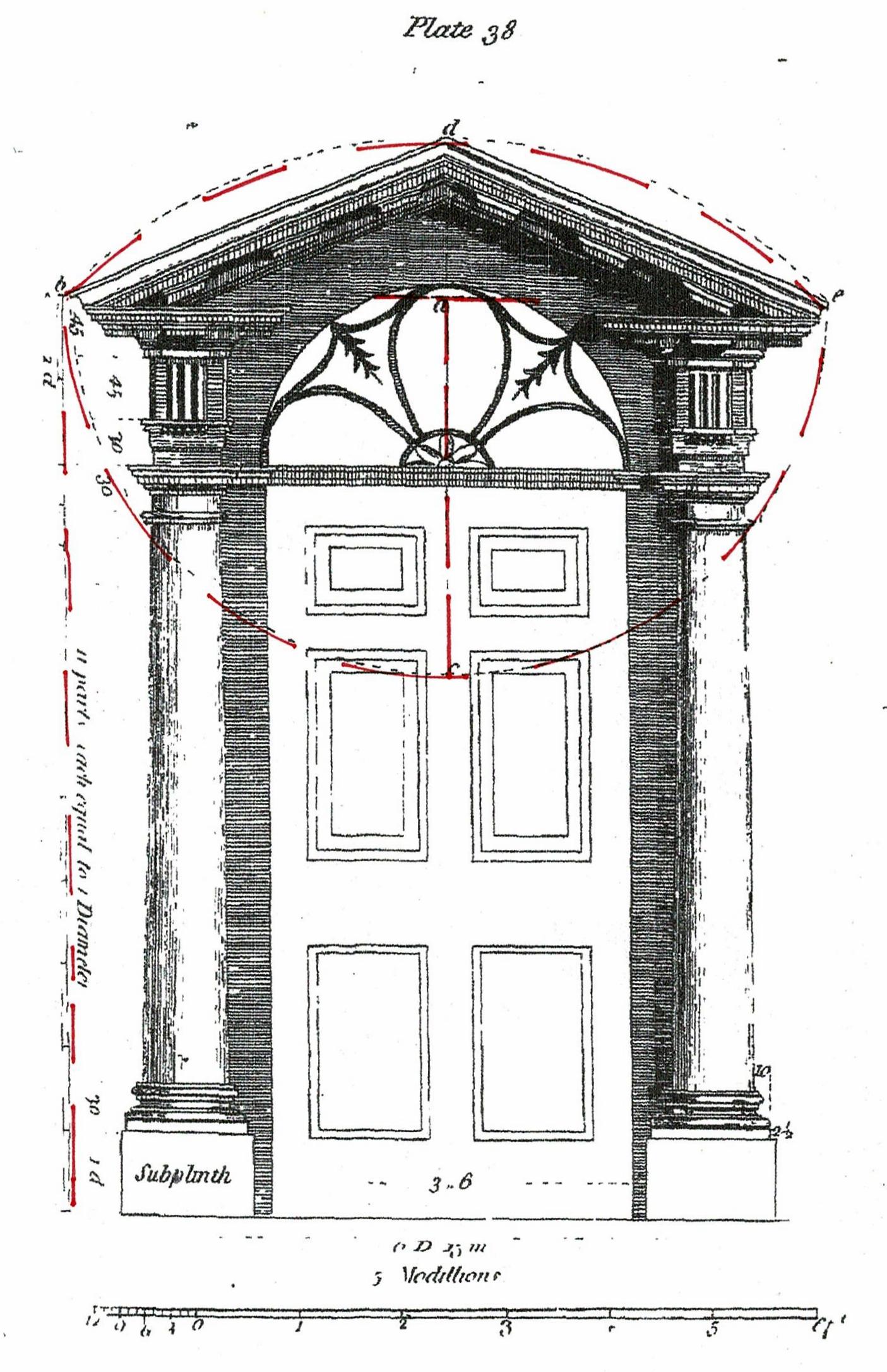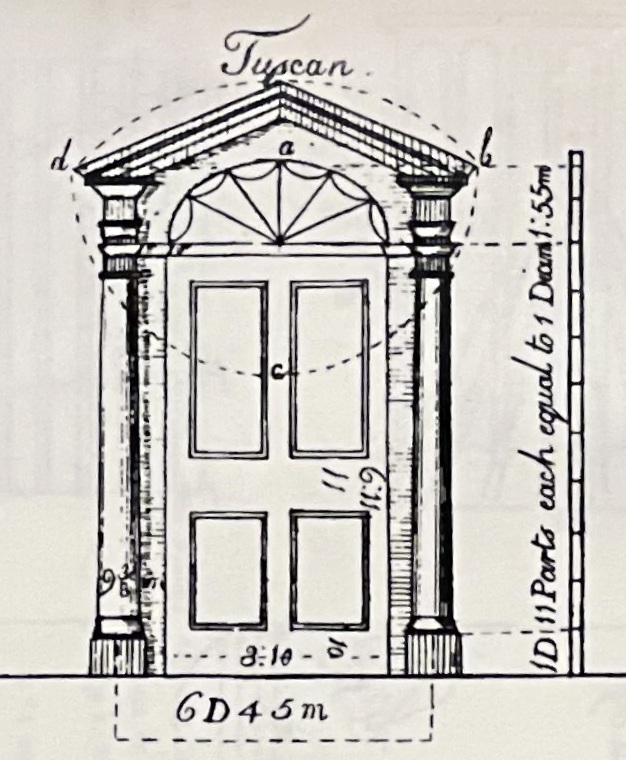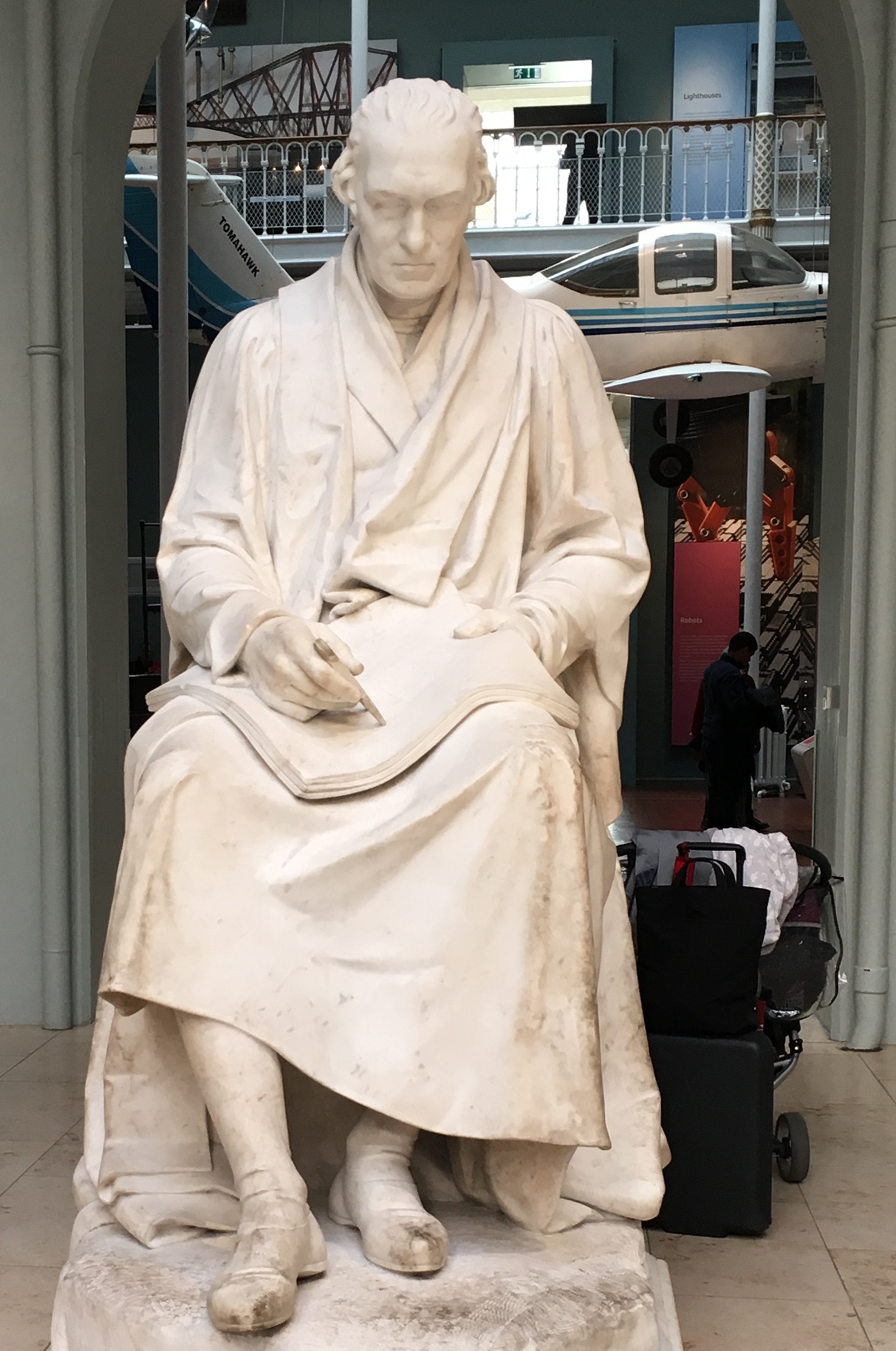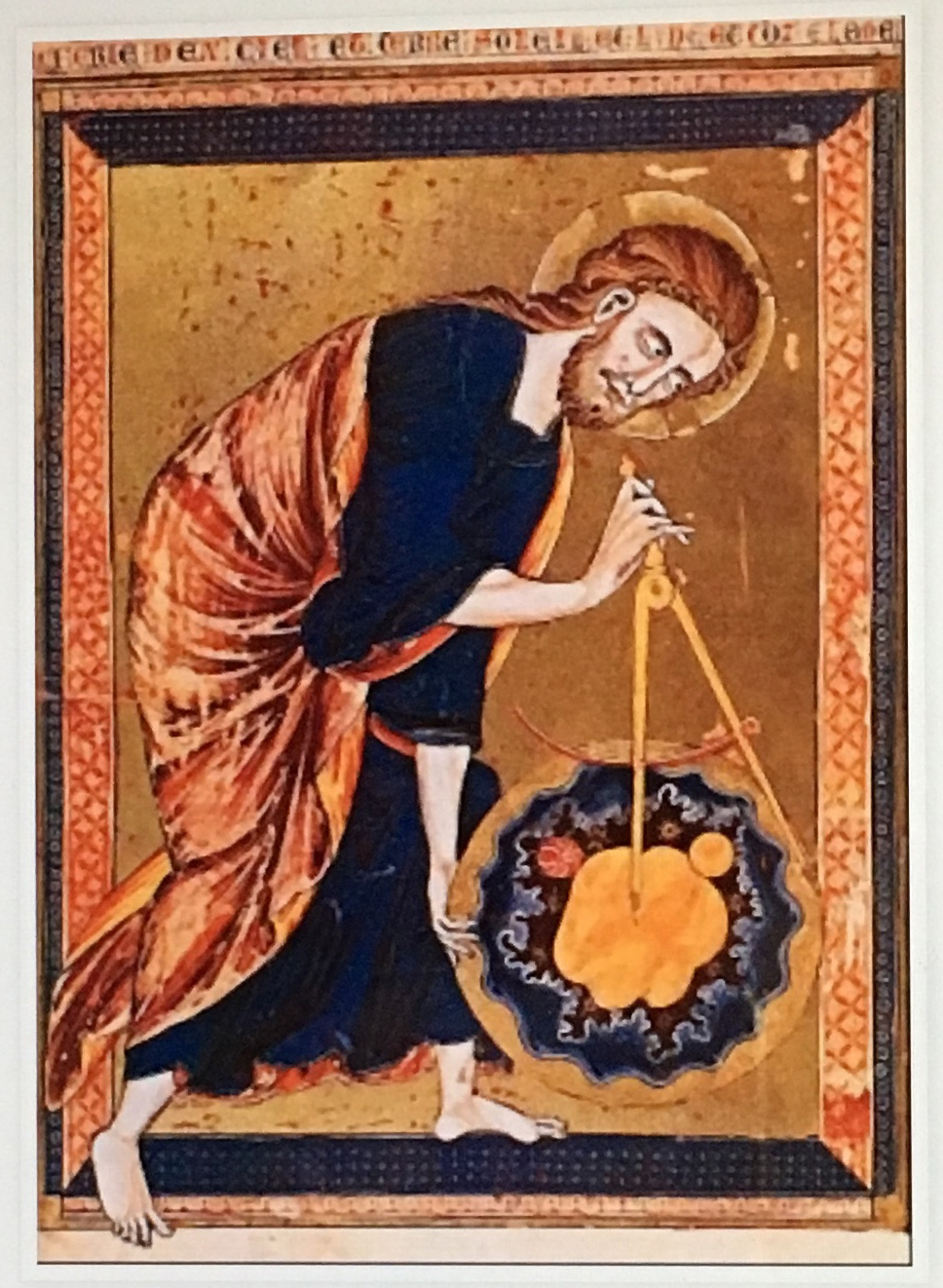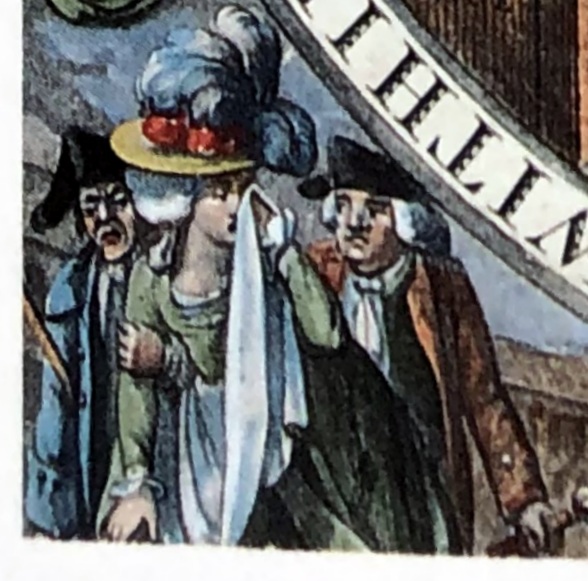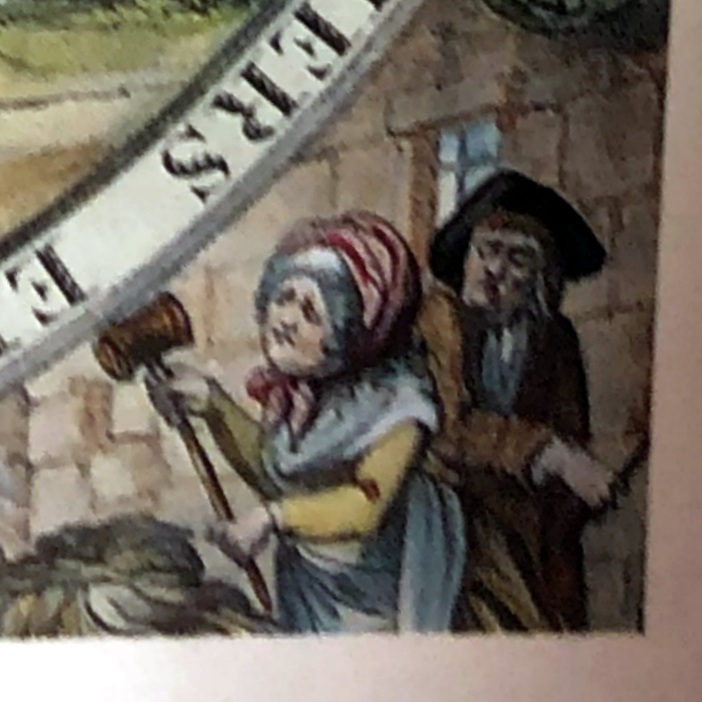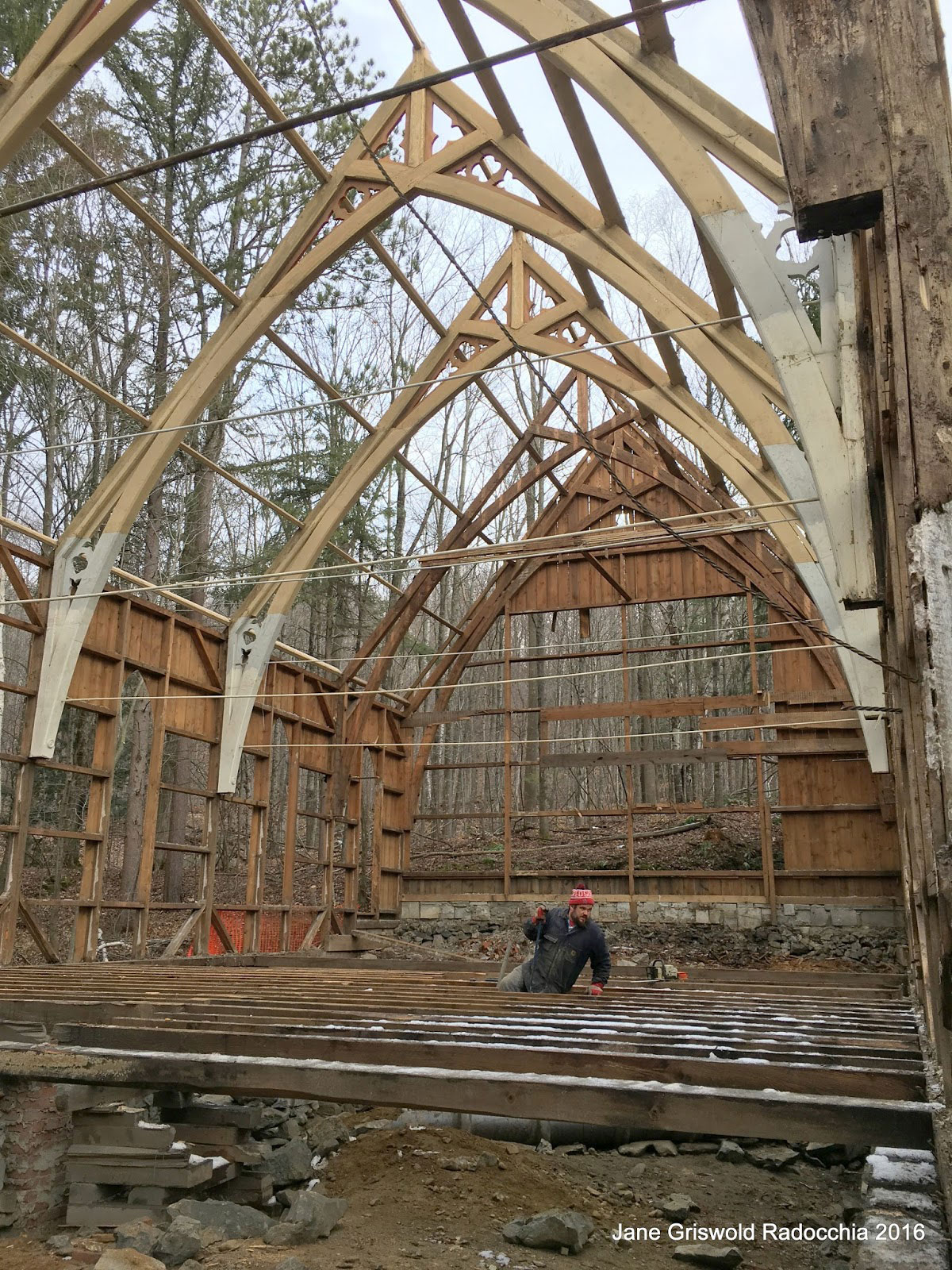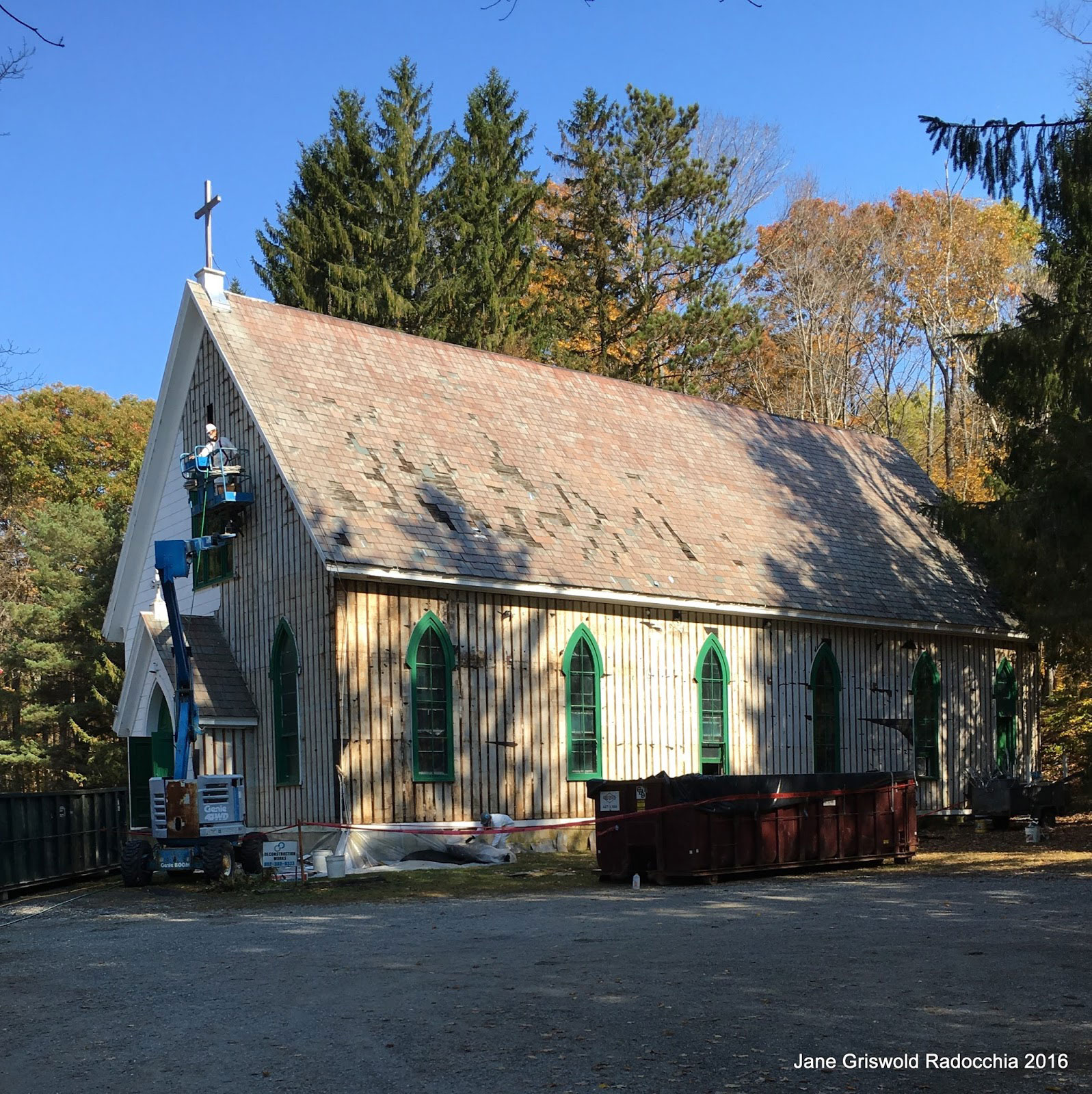Hello
Jane Griswold Radocchia is an architect.
Jane studies practical geometry and vernacular architecture.
You may be interested to follow Jane on her Current Blog
If you wish to receive notice of each new article, please Subscribe
Below are some of her latest blog posts, some others can be found on this web site's Archive

Jane Griswold Radocchia

Jane Griswold Radocchia
Coming Events
Traditional Building Conference
June 11-12
Hanover, NH
Speaker: Jane Griswold Radocchia
Using the Historic Practice of Practical Geometry Today
----------------- Most Recent Article -----------------
Saturday, February 17, 2024
"Keep Within the Compass", Cautionary Prints, c. 1785
Here: a well off and contented woman, her space defined by the compass which is encompassed by a circle.
The print, dated 1785, is now in the British Museum. Prints like this showing women and men within the circle, scribed by the open compass, with corner vignettes, were common c.1780.
The woman is sheltered by the compass. She is in a tranquil country setting with her dog and her wealth, her book. Beyond the circle is the vivid story of her possible dissolution: drink and gambling leading her to debtors' prison where she must break hemp.
The words on the circle are, "keep within the compass and you shall be sure to avoid many troubles which others endure". On the swing arm of the compass is engraved, "Fear God'.
Googling the phrase running around the circle, "Keep within the Compass" brings up this image and a description of Free Masonry, including the idea of the circle as a symbol for God.
Whoever wrote the entry ignored that well made, shiny compass with a serrated, adjustable swing arm, tapered legs with well defined knobs and sharp points ready to scribe that circle. The commentary only says that it shelters the woman.
Why did the print maker draw a compass so carefully if it wasn't part of the visual message? A shiny shimmering circle would have sufficed. The compass is a tool; here the tool of God, and the tool required to draw the circle.
I think the writer, and we as a culture, have forgotten common skills and so we no longer understand references and images our ancestors took for granted.
As recently as 1950, compasses were tools, used every day by people who built with their hands: masons, carpenters, as well as architects and designers. This image is an illustration from Basic Technical Drawing, published by The Macmillan Company in 1956 and 1962, written by Henry Cecil Spence.
70+ years later we have almost no experience of geometry as practical knowledge, of compasses as instruments.
When the 'Keep within the Compass' print was first made the designs in patterns books included geometry as a matter of course.
Plate XXXVIII in William Pain's pattern book, The Practical House Carpenter, printed in London in 1794, assumed that his readers used geometry: "...the height of the column... to be divided into 9 equal parts, one of which will be the diameter of the column at bottom..."
His description for the pediment begins, "to find the pitch of the pediment set the compass at a..." His readers understood the compass cues: the letters and the dashed lines, the notation of lengths on the line along the left side.
Here is Plate X in Asher Benjamin's pattern book, The Country Builder's Assistant, printed in Greenfield, MA, in 1797.
His descriptions include 'diameters', 'arch lines' and notes about where to 'set the compass'. He writes, "Divide the height of the column into 10 parts, one of which is the diameter of the column."
The compass was used for measuring as well as a layout.
This sculpture of James Watt. the Scottish engineer, carved about 1820, during his life time, shows him using a compass to design the steam engine.
The compass was an engineer's design tool.
James Watts' little compass is a measuring and design tool, a tool for thinking carefully, thoughtfully.
Here are 2 more historic prints of people within the compass and pictures in the corners of their desolution if they do not keep within the compass.
The gentlewoman is finely dressed with a devoted pup and a chest of jewels and garments beside her, a purse on her arm, a book in her hand. She keeps within the circle drawn by the compass. The sky is a lovely blue.
Clockwise from the upper right: The gentlewoman drinks, does not tend to her baby or her sewing.
She gambles and plays cards. losing her money.
The constable (in blue, an official someone) takes her off to debtors prison
where she must break hemp to help make the ropes for the English navy, and will be flogged if she doesn't.
And, in case you needed reminding, "Prudence produceth esteem".
Here is the gentleman, prosperous with land, servants, crops, a mill. He is finely dressed and well fed.
In the corners are his downfall because he did not "keep within the compass": wine and women, gambling in the upper corners.
His investments, his goods and ships, are lost at sea so that he too ends up in debtors' prison.
The final words: "Industry produceth wealth"
In case you wondered: God knows about compasses. Here He is creating the world, from the frontispiece of a German Bible, c. 1250.
My thanks to Patrick Kennedy (of Historicorp and PTN) who introduced me to these images several years ago.
* William Pain, The Practical House Carpenter, 1794, 5th edition, London; Plate 38. Reproduction from British Library by Gale Ecco Print Editions
The ones sold as toys lack sharp points. They are useless because they skitter across the paper. Without a fixed point for a center a compass can not draw a circle.
Architect
As an architect based in Bennington, VT. and Andover, MA. I work with old houses and the families who love them.
During this time, I have worked with over 1200 houses, some modern, some 300 years old.
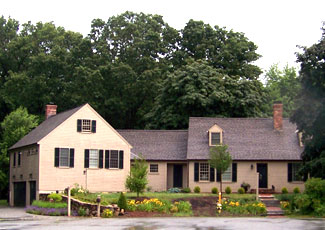
Historian
I am an architectural historian by accident. I found I was showing friends and clients the historic environment they lived in but did not see.
I know from my work as an architect how available materials and technology influence design and construction.
I am most interested in vernacular architecture, how we built to suit our climate and our needs using the tools and materials we had.
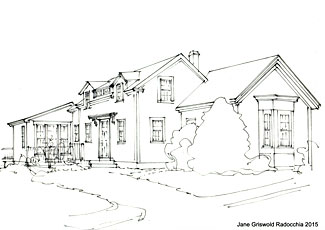
Stay up-to-date
Be notified when I post new content.
Subscribe
You will receive an email announcing each new future posts by Jane Griswold Radocchia. Your email address is safe with us, it is held with strict confidence and is not shared.
Blogs
Architecture (Current Blog)
Passing By (Original Blog)
Sunday Drives (Original Blog)
Comments / Reflections
Mary said...
Thank you so much for this lovely article. This church was well loved & had at least a dozen families attending when it closed down. It is sad to see it be torn down, instead of being preserved as a community space. The one blessing is that we can finally see the beautiful architectural elements you describe, which were hidden to all of us by the drop ceiling. Lovely that the church still stands in this elemental fashion for a few more months. More
